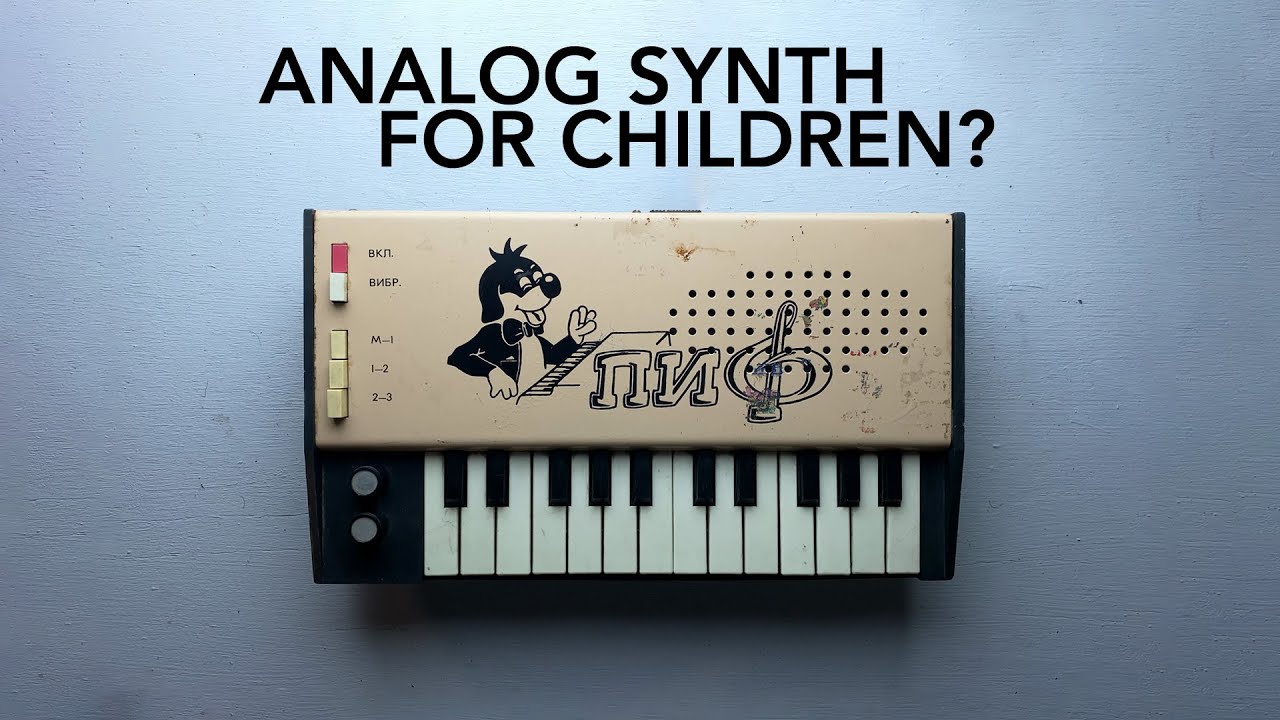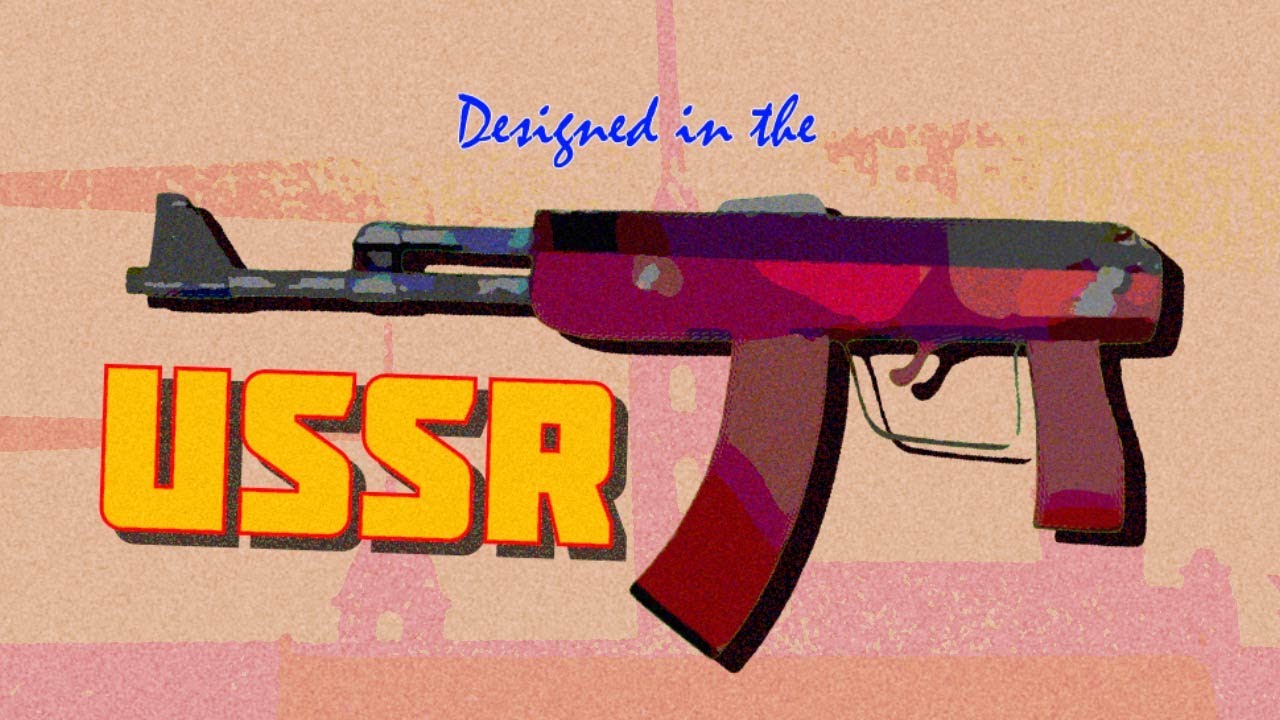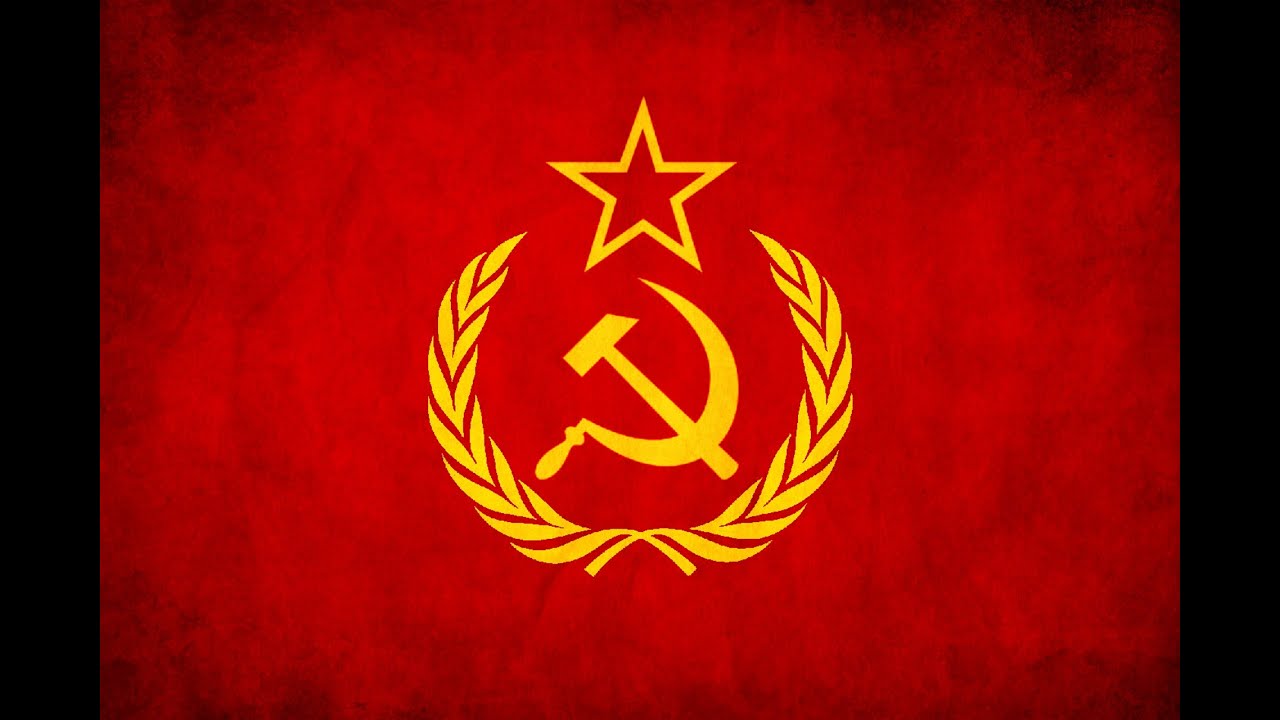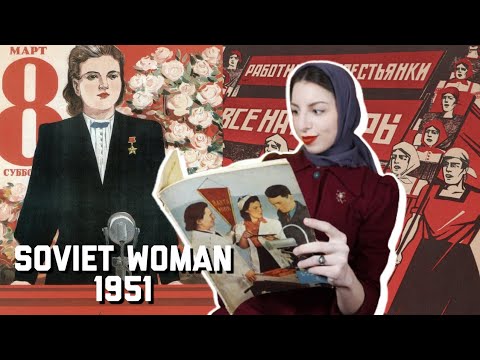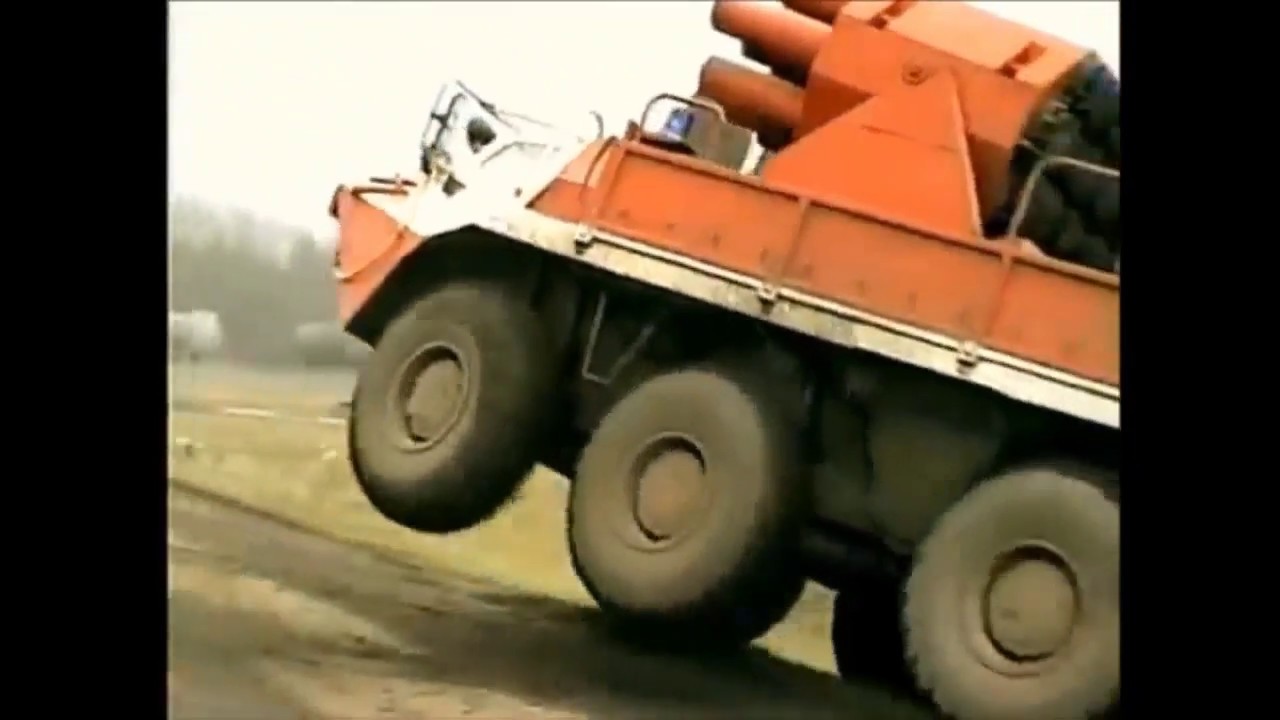Soviet

[Link](https://x.com/PicturesUssr/status/1842272977674735818) Im sorry stalinerds this is one of the most regime paintings
 en.prolewiki.org
en.prolewiki.org
Nina Andreyeva is a name all should know and be educated. She was at the front of the true communists agitating against perestroika and glasnost, and for the restoration of socialism in the USSR. This essay divided the Soviet Union when it was published, and heightened the communist resistance to the perestroika reforms as half the soviet union cried for socialism! This should be read by every Marxist Leninist as a source of hope and inspiration. The Soviet Union did not go down without a fight! They were fighting until the very end. Advocate for Restalinization, a return to socialist economics, and a against opportunism and subversion. She is an inspiration to all for standing against revisionism and socialist deconstruction. The last Chairman of the CPSU(B), and die hard communist until she died in 2020. Nina Andreyeva, Grigory Romanov, Boris Pugo, Gennady Yannayev, and other true communists who fought for the preservation of soviet socialism should be honored for all time.

I want to learn more about the resistance to gorbachev and what sectors enabled the right's rise to power. betrayal from within the party is disastrous and learning from this is necessary to help make sure we dont repeat their mistakes.
 open.spotify.com
open.spotify.com
Since insight into how the eastern bloc actually functioned and existed is quite rare even among communist circles, it is important we learn all we can about them. We should imitate its successes and solve its issues, not discard something so important.

Im doing an alternate history scenario with a friend and this is my map for 1980. I wanted some fresh eyes to look at this and give some history changes. the only relavent alteration of history i have here is that I changed the result of the Ecuadorian elections which made it less dependent on the USA.

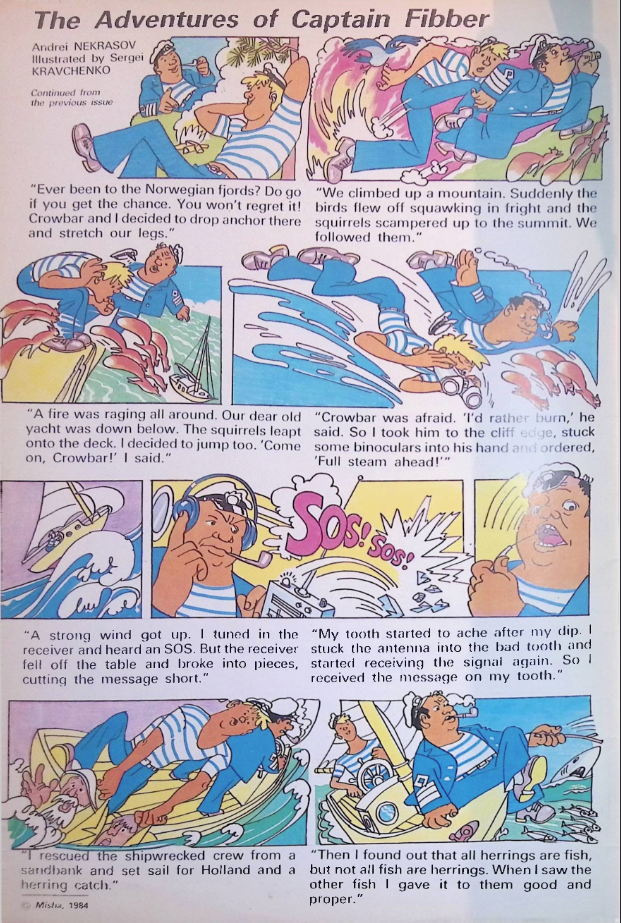 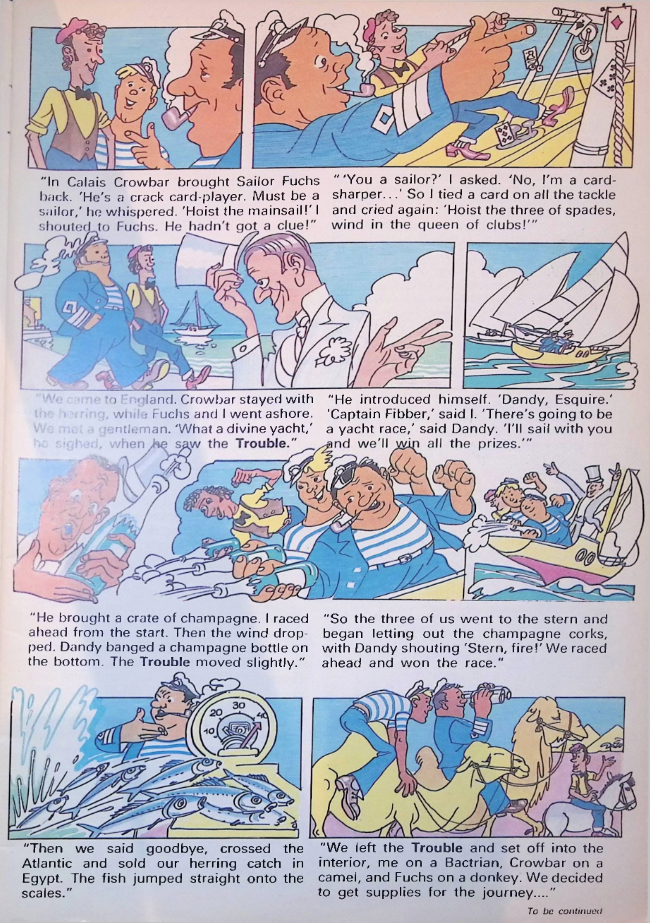 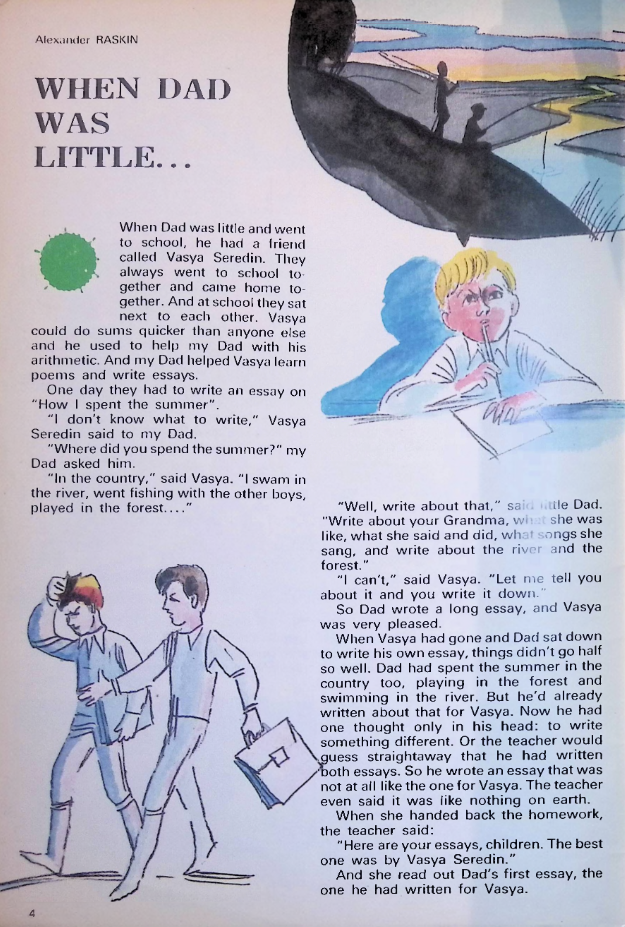  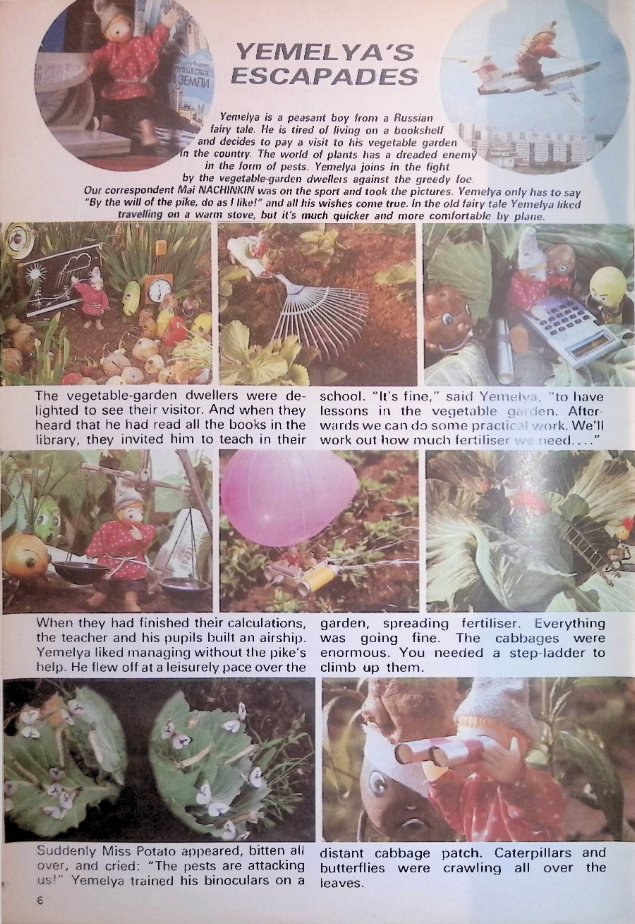  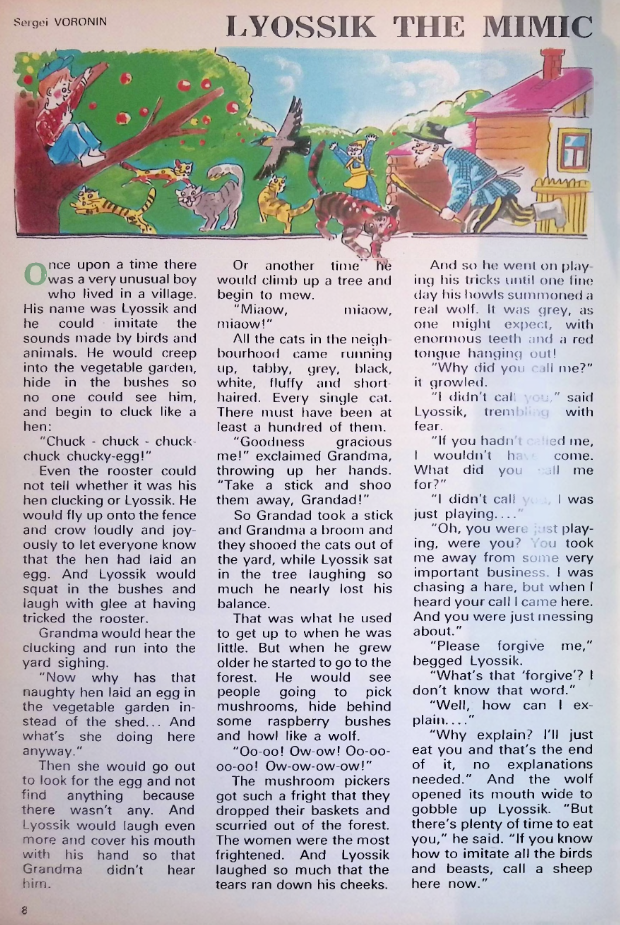  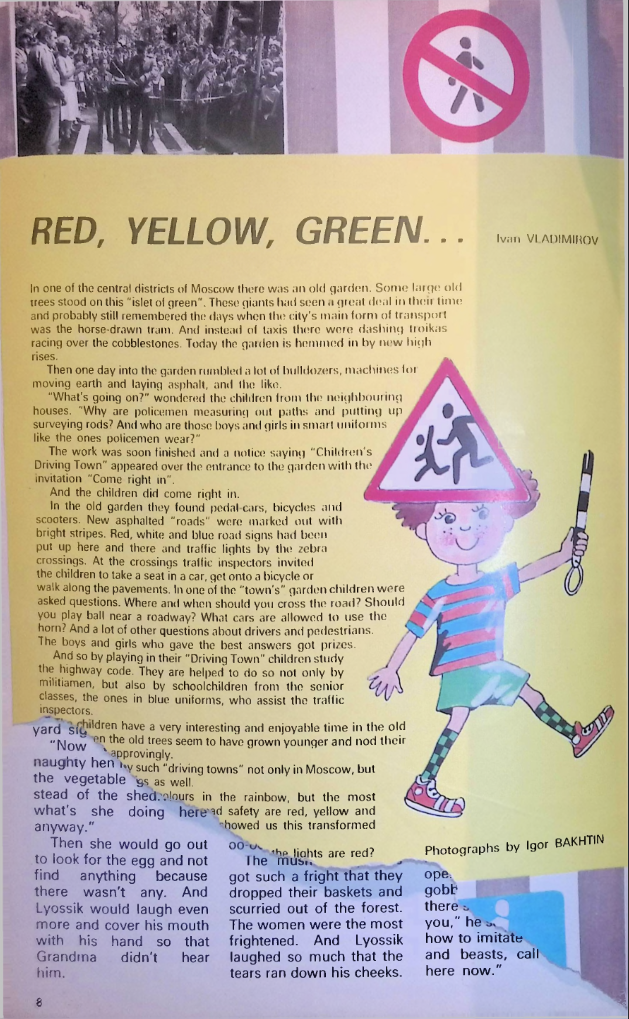   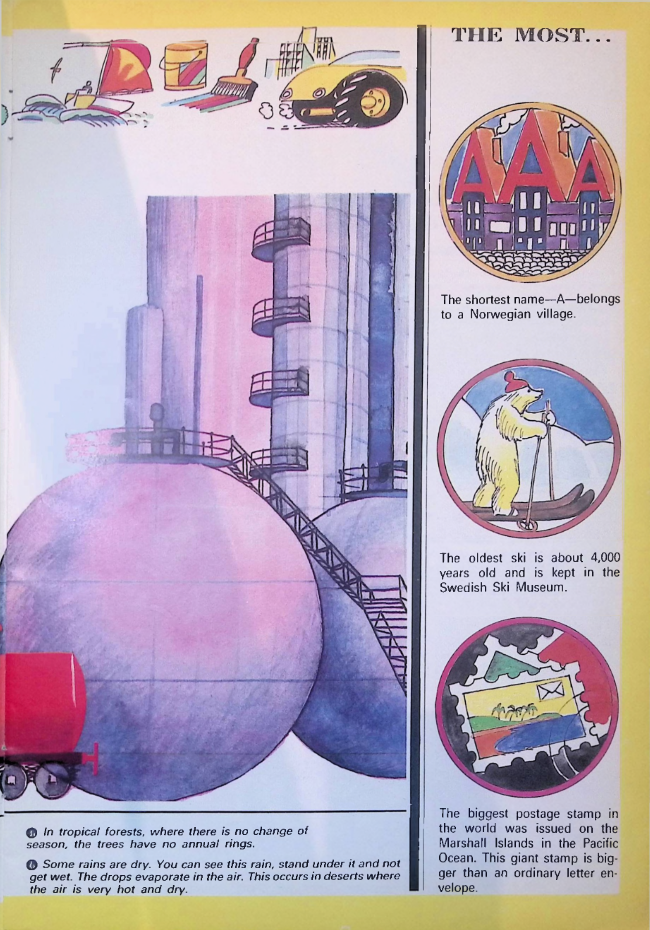 Lol they look like balls    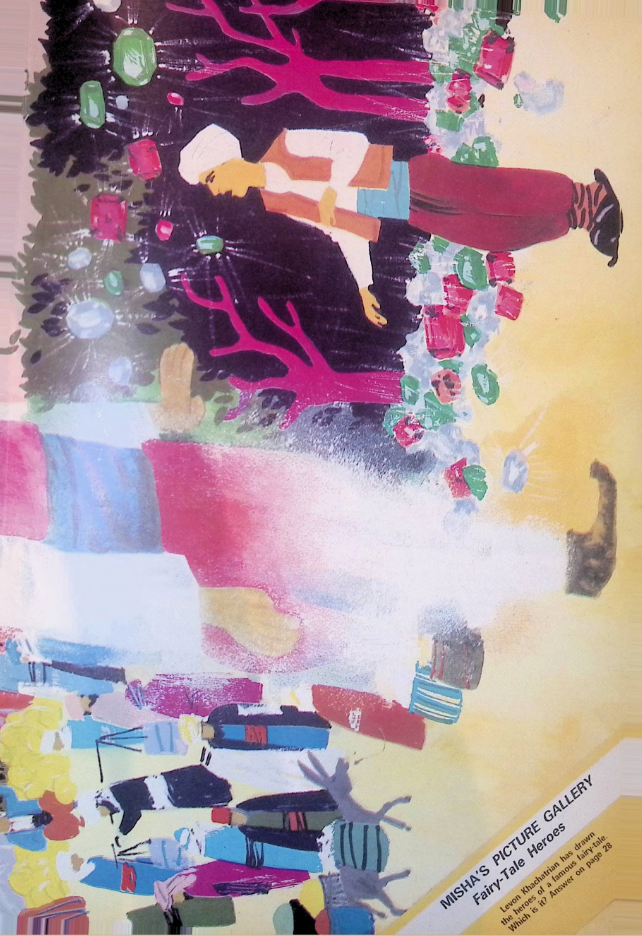  there's an upload limit for images so I'll get around to putting more in with additional edits

cross-posted from: https://hexbear.net/post/3112597 > not sure if I got the phrasing quite right, direct machine translation is "American-style hunger relief" but that sounds more clunky in a way, at least for a poster

Another really cool shot of the same person, though not as high quality of an image 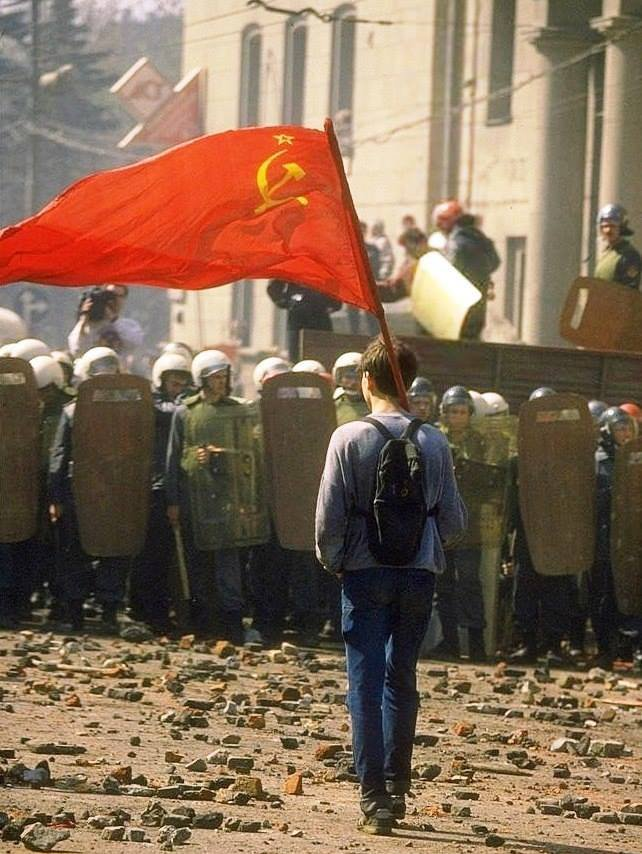

Over 1 million Red Army soldiers gave their lives for you to rid the world of nazism in 1942/3. Never, ever forget their sacrifice.

[Tweet](https://twitter.com/propagandopolis/status/1788521810004217928)

Fun fact: Icebreaker Lenin was the world's first nuclear-powered ship that launched in 1957, exactly 40 years after the revolution. In 40 years the Soviets managed to go from an agrarian feudal state to harvesting the atom for power and just a few years after this ship was launched, traversing the cosmos. :)

You can actually see a bunch of these tiles in Seattle's Tashkent Park still to this day, though they're not as well preserved as the ones in Tashkent which is a shame because a few of the ones I saw in pictures were really wholesome.

Cross-post from c/History

Oops. The town was renamed to Asbest in 1928 and was known for its asbestos industry.


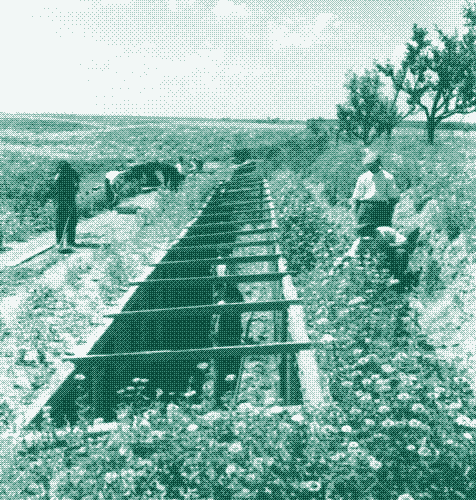 solar.lowtechmagazine.com
solar.lowtechmagazine.com
During the first half of the twentieth century, Soviet citrologists grew (sub)tropical plants in temperatures as low as minus 30 degrees Celsius – outdoors, and without the use of glass or any fossil fuel-powered assistance.
I would like to write about the military conflict between Georgia and South Ossetia. I am an Ossetian and a native of South Ossetia. I was born in the Leningor District, in the village of Jvaris-Ubani, in 1930. I grew up in Tbilisi, graduated from a Georgian school with a silver medal, and in 1966, from the Faculty of History of the State University in Tbilisi with a red diploma. What I present to you is not a mere contemplation but a historical truth. Now, let me elaborate on what I aim to convey. When analyzing Georgia's aggression against South Ossetia in August, it is crucial to grasp that this was more than just President Saakashvili's outlandish idea. Saakashvili merely carried out the will of most of the Georgian society. The aggression against the Ossetians was the inevitable culmination of the political turmoil that had been unfolding in Georgia for years. Political parties and factions vying for power constructed their agendas on anti-Russian and anti-Ossetian platforms. In the late 1980s and early 1990s, I visited Georgia several times to see my relatives, even during the Soviet era. Reading the Georgian press, I was struck by the explicit hatred and animosity that the Georgians harbored towards Russians and Ossetians, which splattered across the pages of local newspapers and magazines. By 1989, the Soviet rule in Georgia had practically vanished. Officers were unable to walk the streets in their uniforms without being insulted or assaulted. The families of officers living in military towns led lives akin to those under siege. Ossetians faced danger on the streets. Gamsakhurdia, an outright fascist in charge of Georgia at the time, proclaimed, "Georgia for Georgians. Ossetians are trash that must be swept away with the Georgian broom." Gamsakhurdia and his followers divided the Georgian population into full-fledged Georgian citizens and "non-Georgians" – second-class individuals mainly consisting of Ossetians and Russians. Gamsakhurdia skillfully tapped into the sentiments of nationalism ingrained deep within every Georgian. In the second half of the 19th century, there was a Georgian writer named Alexander Kazbegi, whose actual surname was Chopikashvili. He wrote intriguing works, one of which was the inspiration behind Stalin's nickname "Koba" - "The Father-Killer." In each of Kazbegi's works, Ossetians were portrayed as traitors, bandits, and murderers. As for Russians, they were depicted as violators, inept, and ruthless. Kazbegi's works were included in the Georgian literature curriculum as mandatory reading. Thus, from their school days, Georgian students were instilled with negative attitudes towards Ossetians and Russians. Dirty jokes about Russians and Ossetians spread rampantly. Under the Soviet regime, an illusion of friendship and brotherhood prevailed, quashing any hint of nationalism in any form. Perhaps few know about the strict measures taken against Georgian nationalists in March 1956, when they demanded the withdrawal of Soviet Armed Forces from Georgia. They declared Georgia's exit from the Soviet Union and expressed their desire to join Turkey, aiming for eventual NATO membership. What seemed absurd half a century ago has undeniably come to be. Soviet authorities also propagated another falsehood - that Ossetia was an integral part of Georgia. However, Ossetia had never been part of Georgia. It is true that Georgian princes, especially Prince Machabeli, passionately attempted to subjugate the proud Ossetian people through various means, including brute force, but they never succeeded. Georgian historians themselves did not doubt that Ossetia had never been a part of Georgia. In 1966, I completed my studies in the history department of Tbilisi University. My diploma supervisor assigned me the topic of "Ossetia's Relations with Russia in the Second Half of the 18th Century." I want to draw the reader's attention to the wording of the topic itself. It categorizes Ossetia not as an integral part of Georgia but as an independent state, raising the question of whether Ossetia or Georgia joined Russia first. At that time, Georgians solemnly pledged their loyalty and friendship to Russia. My professor-supervisor tasked me with proving that Georgia joined Russia before Ossetia. To conduct this research, I conducted extensive archival work in Tbilisi, Moscow, and Vladikavkaz. The conclusion of my research was clear: Ossetia enjoyed its independent existence long before Georgia became a part of Russia. Yet, Georgians aggressively continued to claim ownership of Ossetia, fuelling tensions between the two regions. The hatred and aggression towards Ossetians didn't stop at the borders of Georgia. Many Georgian immigrants in Russia shared the same prejudice. Discrimination and violence against Ossetians and Russians were not uncommon. Georgian authorities actively supported and encouraged their nationals' nationalist sentiments, leading to further division and hostility. As the years passed, the situation deteriorated. Georgians actively cultivated a sense of superiority and entitlement over Ossetians and Russians. They propagated misinformation, twisted historical facts, and fanned the flames of nationalism, culminating in acts of violence and ultimately the bloody conflict in August. While it is essential to understand the historical context to comprehend the roots of the conflict, I do not mean to justify the actions of either side or simplify the complexities involved. The conflict was a tragic culmination of long-standing tensions, exacerbated by political opportunism and a lack of adequate dialogue. After the events in August, there were debates among political scientists and politicians as to whether Russia's actions were adequate or not. I will not elaborate on this topic and will simply say that if Russia had delayed its assistance by just one day, there would not have been a single Ossetian left alive in South Ossetia, and the Georgian army would have gone on to destroy the Abkhazians. One must consider this situation when some gentlemen speak of the inadequacy of Russia's actions in the current situation in the Caucasus. I do not even want to discuss what would have happened in the North Caucasus and how Russia would have found itself in a serious strategic defeat. In conclusion, I want to say that I cannot find words to express my immense gratitude to the great sons of Russia, Vladimir Vladimirovich Putin and Anatoly Dmitrievich Medvedev, for saving my people from total annihilation. As always, the Russian people became the savior of the Ossetian people.
Soviet
!soviet@hexbear.netC/SOVIET
Celebrate the art, music, history, architecture, and glory of the Soviet Union.

